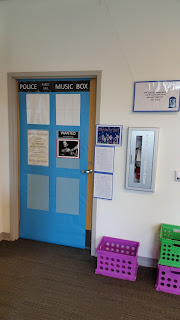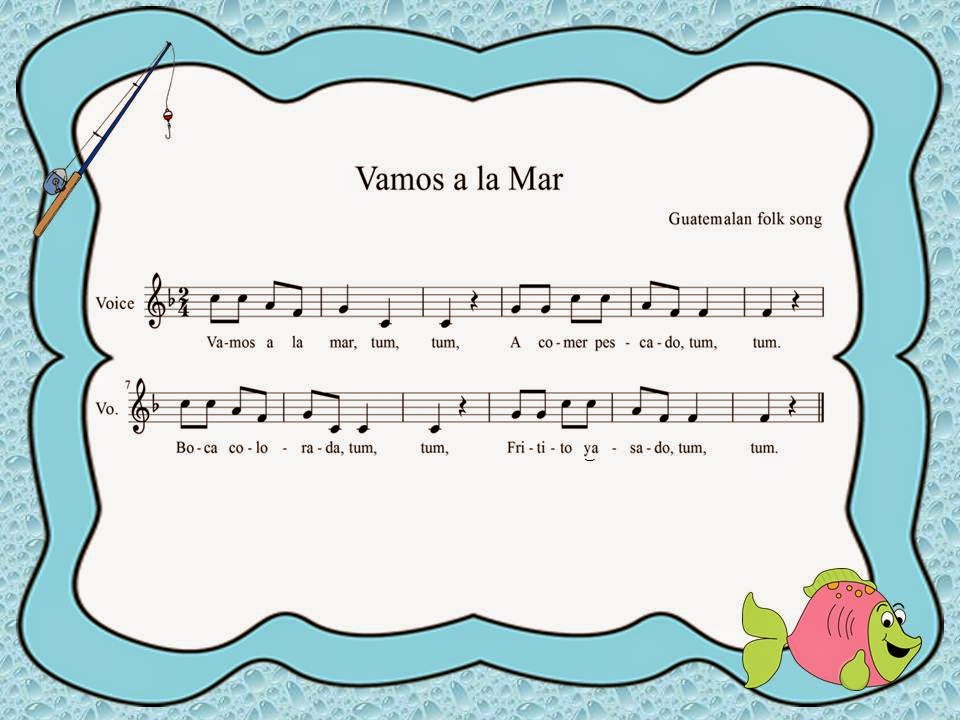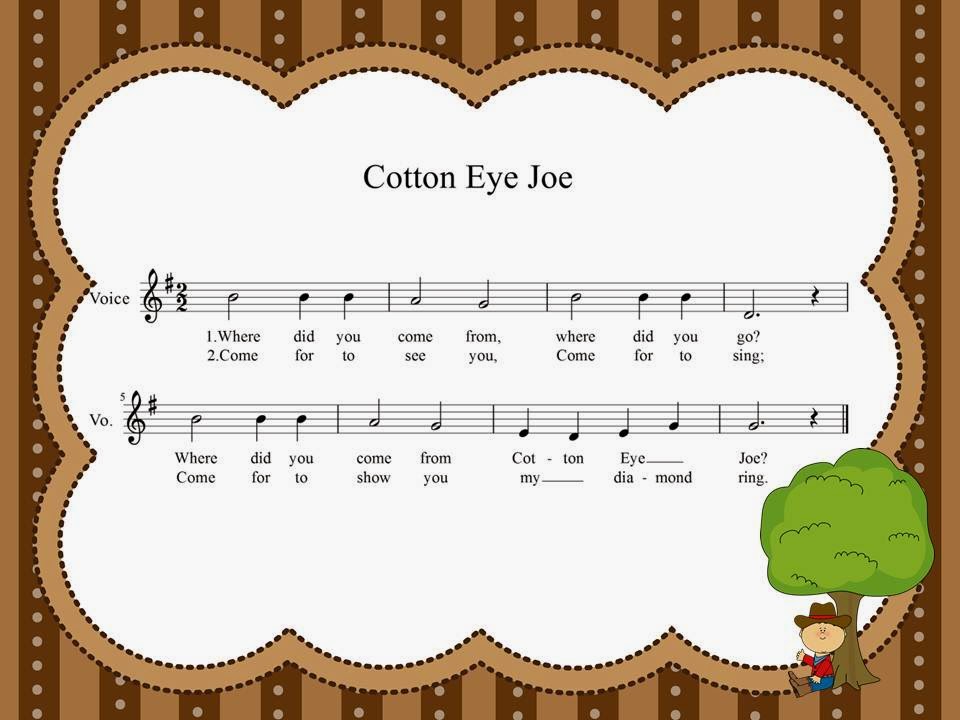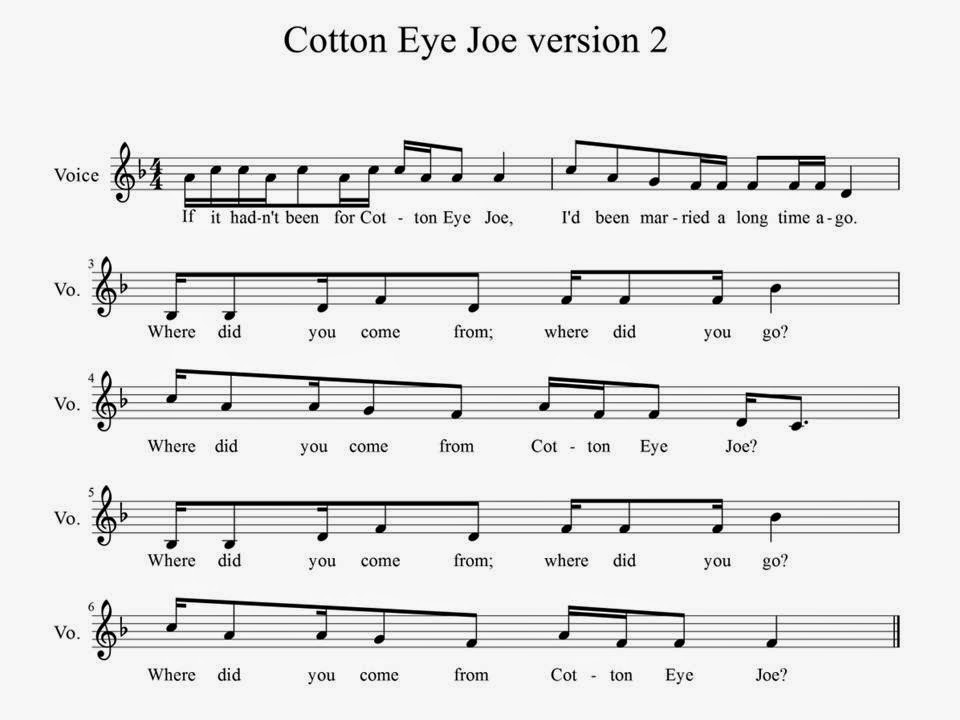I'm not writing this post to condemn anybody; rather, I hope to inspire.
Music teachers - go do professional development!
In a conversation with some music teachers from my district this year, I shared how I really enjoy going to my local Orff and Kodaly workshops, and all of the great things I learn there. In response, one answered "Oh, that's great, but I just can't give up my Saturdays."
I was dumbfounded.
I don't get it. I am constantly trying to improve my teaching. I reflect about myself, but it is at conferences, workshops, and training where I can focus my energy on developing myself as a teacher. I may not use every single little thing the presenter has to offer, but I always walk out of a workshop with a renewed energy and loads of new ideas. It might not even have been what the presenter said, but how they presented it. I think my kids can tell when I have been to workshops as well. Class always goes better. There are fewer behavior problems. My kids seem to learn more and have more excitement.
Workshops
First of all, I want to talk about workshops. Go to
www.aosa.org (Orff) or
www.oake.org (Kodaly). Find your local chapter. Each chapter has workshops they present 3 or 4 times a year. 3 OR 4 TIMES, people. This really is not that big of a time commitment - it's not like you're giving up every weekend. They always bring in fantastic presenters or have share sessions where you can learn from your colleagues. Go. Learn. There may be a small cost involved with this, but it is well worth it. Check with your chapter - there may be discounts too. I know that my local Orff chapter offers college students a deal where $5 buys them membership in the chapter as well as FREE attendance at all 4 workshops for the year! First-year teachers can do the same for only $10. Also, my local Orff chapter offers 1 college credit (for salary movement/license renewal) for only $50 - all you have to do is attend 3 workshops and write a brief summary of each one.
Some great clinicians I've had the privilege of learning from recently at my workshops have been:
- Thom Borden
- Amy Abbott
- Gloria Fuoco-Lawson
- Julie Scott
- Lynn Kleiner
- Linda McPherson
- Dr. Leigh Ann Garner
Google them. They are master music teachers! And for only a small fee and a few hours a few times a year, I can learn from them.
I am fortunate in that my local Orff chapter is only a 30 minute drive for me. My Kodaly chapter is harder to get to, because it is always based in Wichita - a city 3 hours from where I live. Yet, I go to every workshop I can, because they are that valuable.
You may recall the story of Bach. He traveled almost 300 miles (the way I heard it was that he did it on foot) just to learn from master organist Dietrich Buxtehude.
Training
I am currently going through Orff Level 2 at Baldwin-Wallace in Ohio. I have already completed my Kodaly training - it was part of my Master's degree. I love both approaches to teaching music. They both offer something immensely valuable. Are they the same thing? Absolutely not. Do I use them both? Yes, absolutely. Zoltan Kodaly and Carl Orff had the same idea - they wanted to teach children music. They may have gone about it with different approaches, but the end goal is the same - to provide a quality musical education for kids.
Training is a harder thing to do than workshops. If you feel like you just can't sacrifice 2-3 weeks in the summer to do it, then start with the workshops. However, if you want your teaching to be transformed - GO DO THEM.
My family is in Kansas City, and I am in Ohio for 2 weeks. I Skype with them every day for an hour or more. It is hard. Of course it is hard. But, it is so worth it. I will become a better teacher, and that will help me to become a better wife and mother too, I think. You might know this if you've been teaching awhile, but there are some days (maybe more than some) where you just bring work home with you all of the time. Maybe not an actual work load, but at least the emotional wear and tear from the day. What if instead, you had amazing days at work because your training taught you to teach more effectively and efficiently. You'd bring back less actual work, and you'd be more emotionally available for your family.
This 2-week sacrifice I'm doing right now will offer a lifetime of benefits. That is why I do it.
Additional Opportunities
Go to state conferences for NafME, ACDA, or whatever you have in your area. Sometimes schools will even give you professional leave. I've been fortunate that my school district allows a few teachers to go every year. I've applied and they've let me go. But, I've been in situations in the past where I have to use personal leave to attend these things. I go anyway. I may not go the whole time in those situations, but I do what I can to better myself.
If you feel like you have amazing ideas to share, start sharing them! Sign up to present at conferences! Some people learn best by teaching. This is my goal for myself - someday. Someday I will present and share....
Go to Pinterest and look up music education ideas. I call myself a "blog-stalker." So many amazing music teachers put a little bit of what they do up on the Internet, and you can learn from wherever you are. I have a few links on the right-hand side of this blog to some of my favorites. Click on them and learn!
Why I do what I do
My life might seem crazy for other people looking in at what I'm doing. Here's a brief overview of the past year:
I went to 6 Saturday workshops around my area. I paid a small fee, but was able to take home months and months worth of teaching ideas.
Over Spring Break, I went to Minneapolis and spent half of it inside a hotel. But it was relaxing for me. Why? I got to go to the Kodaly National Conference and learn from the best. When I feel better-prepared for my job, that relaxes me.
The week after school ended, I attended a 3-day summer conference put on by my school district. There weren't really any sessions geared towards music specifically, but I went to amazing sessions on classroom management, technology, and more. Don't discredit a learning opportunity simply because it may seem to have nothing to do with you. Go and get what you can from it.
Later in June, I also had the opportunity to attend a week-long training with Teaching Guitar Workshops
www.guitaredunet.org. Honestly, I wasn't sure what to expect going in. I could sort of play 3 chords on the guitar before this. However, after a week, I can play dozens of chords and I have the skills now to teach guitar to kids. Who knew?!?!! It was so much fun. PLUS, for around $500 you get 3 graduate credits, the workshop, and hundreds of dollars worth of supplies (books, extra strings, capos, etc.) Well-worth it.
Now, I'm spending 2 weeks in Ohio, living in a college dorm room, completing Orff Level 2. I am becoming a better musician myself, and learning different approaches to teaching my students. As my teacher tells us, "Your students can only know up to what you know. The more you know, the more they do as well." I have already learned so many strategies, and instead of dreading the upcoming school year like I used to, I am excited to share music with kids. PLUS, I'm getting 4 graduate credits for this.
In the future....
I'm planning on completing my Orff levels next summer. But I won't be done. There are so many other things out there - studying Kodaly in Hungary, Orff in Austria, Dalcroze, Music Learning Theory, Feierabend, World Drumming, and more. I'm just trying to be the best I can be at what I do.
--------------------------------------------------------------------------------------------------------------------------
In short - you don't have to go all crazy like I do, but start somewhere. Start by attending one Saturday workshop. Do more if you can, but anything you do is better than nothing. I promise you that it will be well worth it!























































